
Developer: Aqua Plus
Publisher: NIS America
Platform: PS4
Tested on: PS4
Utawarerumono: ZAN – Review
The Utawarerumono franchise is a fairly known one, albeit mainly in Japan. While some of the games have reached our market, they are often considered somewhat obscure or a niche product. Nonetheless, the PS4 received two modern Utawarerumono titles, which were mostly visual novel games, with a few RTS sequences thrown in-between. The games proved to be a story-based experience that certainly pleased the fans of the series. This time, NIS America released Utawarerumono: ZAN, which will guide you through the same story as Utawarerumono: Mask of Deception, albeit with a lot more gameplay, a smaller focus on the story and a Musou format.
Story
Just like in Mask of Deception, you’ll be playing with Haku, who is a man without a past. Haku is named by Kuon, when she encounters him, way before he dives into the many adventures to come. Haku is different than all the other ‘humans’ in the world, as he lacks fluffy ears and a tail, and he also lacks the stamina and power these human-like beings have. Before long you’ll find yourself in the capital of Yamato, in the employ of one of the eight generals and talking to the Mikado himself, who pretty much is revered as a god.
The story in this iteration of the Utawarerumono series is a bit vague and omits a lot of important story details that you’ll need to fully grasp what is going on. It’s clear that gameplay became the focus of this release, but even so, the game isn’t that welcoming for those unknown to the franchise or those who want the full picture of what is going on.
Graphics
Graphically ZAN is a very appealing title, as both the visual novel sequences as well as the battle fragments look rather good. The game recycles artwork from Mask of Deception, but the characters themselves are now portrayed as 3D models rather than 2D artwork. The 3D models are decently crafted and do the source material justice, but they lack variety, as they only adhere to one or two poses and a few facial expressions. Sometimes the game will tell you that something happens to a certain character, only to see it standing there like a statue, which tends to ruin a bit of the immersion.
Unlike Mask of Deception, where the gameplay portion of the game was viewed from an isometric point of view, you’ll now have a third-person view. You’ll now have to go through a lot more enemy models as the gameplay has been replaced with the Musou format, which means there’s a lot going on at the same time. The main character models look great and so do the enemies’. The latter are recycled a lot though, which is not that uncommon for a Musou-styled game.
Sound
The sound design of the game is top-notch. The story mode is entirely voiced, but we also presume that these are actually snippets taken from Mask of Deception, as the cast is the same, and many of the dialogues are too. We reckon a minimum was invested to create the great voice-work, but the end product is all that matters and it’s quite good. The music also sounds familiar, safe for a few extra beats to get the adrenaline flowing. Overall a great soundtrack to support the game.
Gameplay
Utawarerumono is a mix between a (light) visual novel and a Musou styled game. In the story mode, you’ll have to go through different fully voiced conversations between the main characters of the game, to sometimes duke it out on the battlefield, Dynasty Warriors-style. The game also has a few other gameplay modes, in which you’ll have to complete specific missions or perform challenges with certain characters. All this serves to grind, to take on higher difficulties or simply to play the high-level missions. The story can be played through at a relatively low level, making sure everyone gets the full experience.
The visual novel portion of the game speaks for itself, you’ll just get a short rundown of what is going on around you and there are no choices involved. It’s pretty much a ‘sit-back-and-relax’ kind of thing. The battles themselves are shaped like they are in games such as the Dynasty Warriors series, albeit in very tiny areas. You’ll often have to kill specific characters to progress through the mission(s) at hand. The free missions come with some sub-objectives, which are more of the same, but you’ll get additional rewards for seeking them out and clearing them. All of this translates into experience for your characters and Bonus Points. The latter is used to level up basic stats of your characters allowing you to grow properly.
Each character handles differently, which is certainly a plus. You’ll have characters that fight quicker, but often deal less damage than slower characters. It’s fun to mess around with which characters suit you best, and which party works the best for you. There are also differences in how characters’ stats evolve and how many items they can equip. More than often, stronger characters can equip fewer items than those who have lower stats.
Conclusion
Utawarerumono: ZAN is a great decoction of the main Utawarerumono games that released several years ago for PlayStation 4 and PlayStation Vita. This Musou version of Mask of Deception put the story content a bit more on the background and focuses more on actual gameplay portions, mainly with the extra modes that allow you to level up your characters and unlock new skills and abilities. It has to be said that the current way the story is handled makes it hard for newcomers to the series to fully understand what is going on as a lot of important details have been omitted. You will never know anything about Haku’s past or his relation to many of the characters. This game is a great addition to your Utawarerumono collection, if you played the previous games and want a bit more action on your plate. If you’re looking for a decent Musou game, there are probably better titles out there, where either story isn’t important or where the story has been fleshed out better.
Utawarerumono: ZAN - Review,
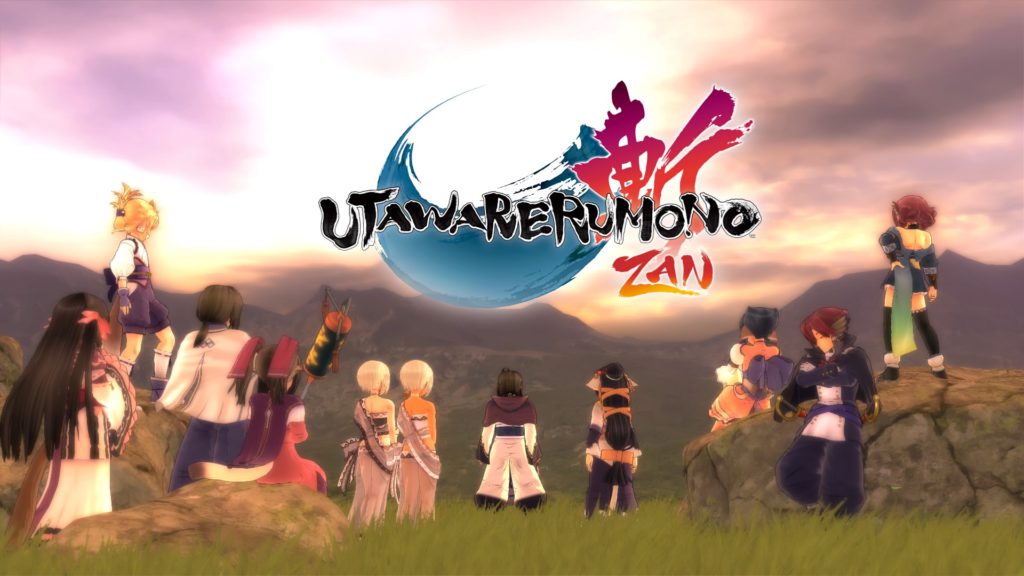
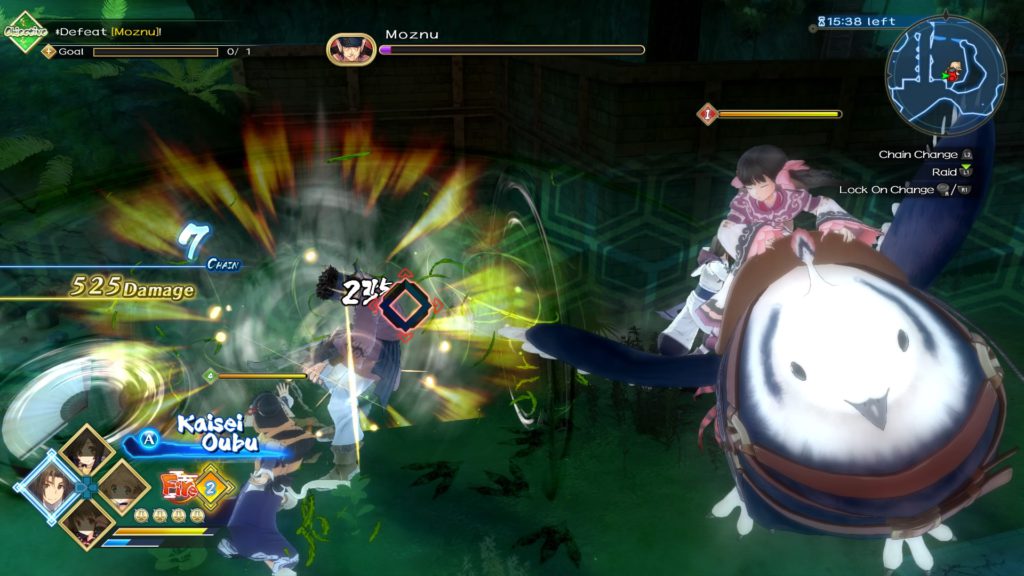
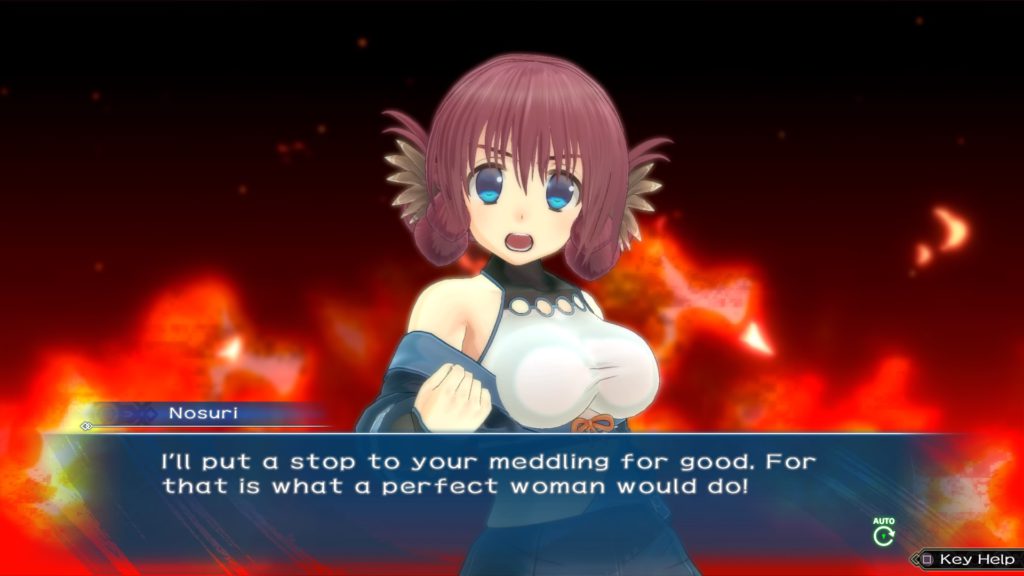
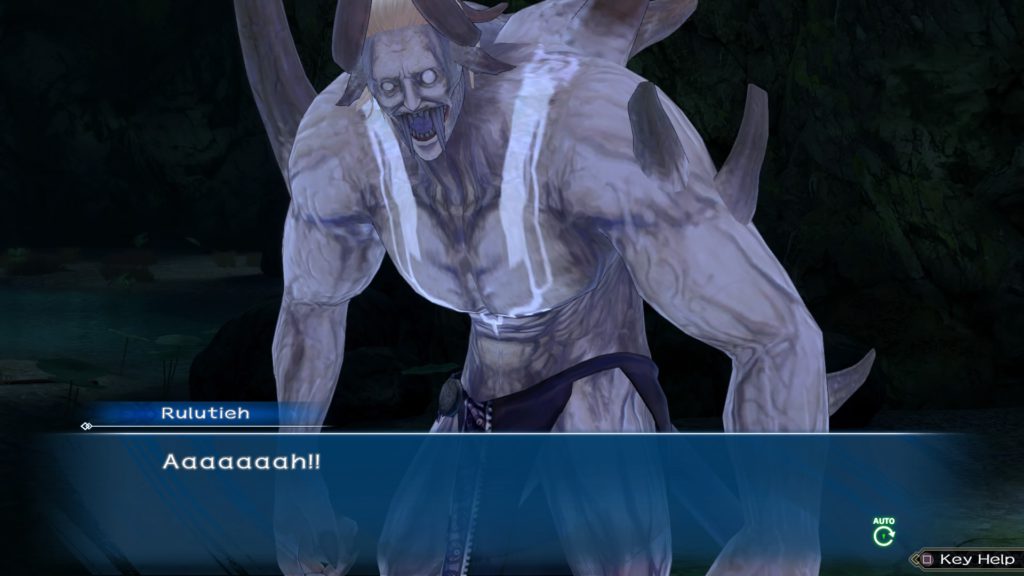
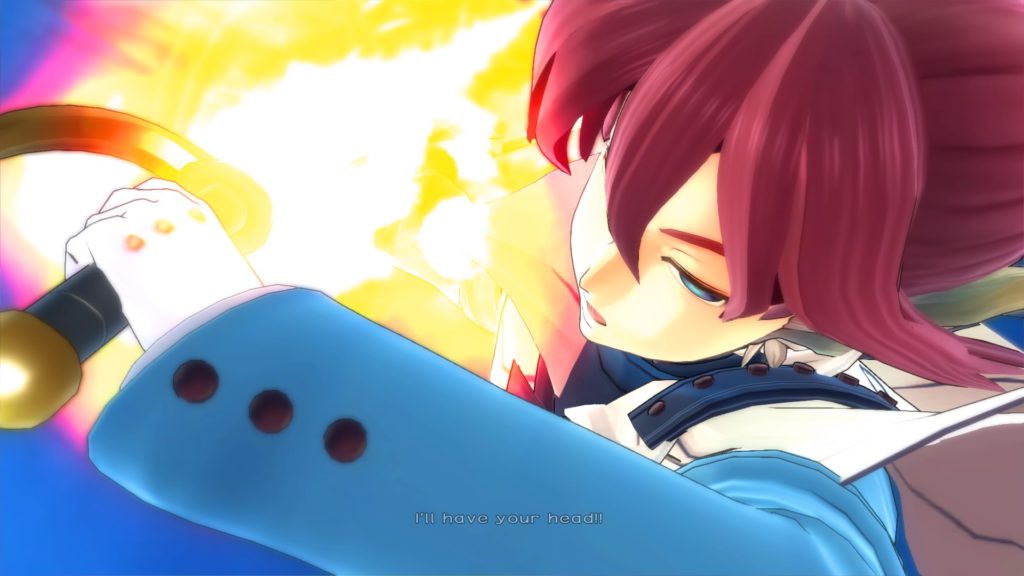

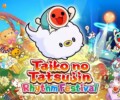
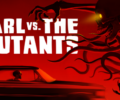

No Comments